Dragonfly species in Monmouthshire: Southern Hawker

Southern Hawker (Aeshna cyanea) is the most widespread of the Aeshna hawkers in the county, although at some sites it will be outnumbered by Migrant Hawker (A. mixta); despite its name, Common Hawker (A. juncea) is only common in the moorlands and extremely rare elsewhere.
The oldest record in our data set is from Magor, on an unspecified date in 1966 (observer P. C. Webb).
Current distribution in the county: what we know
Southern Hawker occurs across the Gwent Levels, around Newport, in Torfaen, through the western valleys, and the northwest uplands, around Abergavenny and Monmouth, around Wentwood and the Trellech Ridge and through the Usk and Wye valleys.
Current distribution in the county: what we don’t know
There are large gaps in the mapped distribution, however. As with many species, there are large areas in the northern half of the county with no records at all, or with only older records. This is almost certainly because no-one has visited sites in these areas recently to record dragonflies, rather than because the species is not present: there is much suitable habitat there.
Distribution elsewhere
Southern Hawker is a common and widespread dragonfly throughout much of Wales, with significant gaps in its distribution only in some mountainous areas of north Wales, and northern Anglesey. It is found throughout England, except for parts of the Pennines where it is scarce or absent; in Scotland it is more localised, occurring only in lowland areas mainly in the southeast, the west and around the Moray Firth. Elsewhere in Europe, it is found from Portugal east to Russia, north to southern Scandinavia and southern Finland, and south to Italy and the Balkans; there are also populations in north Africa and Turkey.
